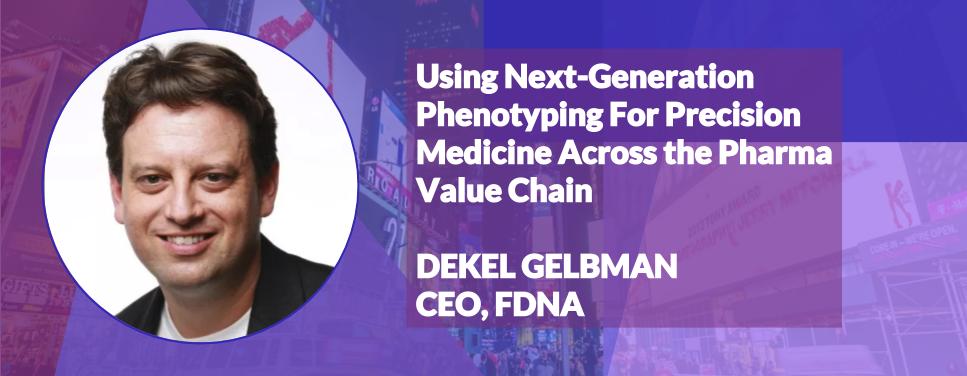NOTE: This post is based on a presentation made at the March 2018 ePharma conference in New York City.
As with every element of the medical and scientific world, the pharmaceutical industry has nearly endless options for digital technology tools. The challenge becomes how to maximize those digital technologies during three critical stages: discovery, development, and commercialization.
Next-generation phenotyping (NGP), the process of capturing, structuring, and integrating complex clinical data into health analyses, is one such optimization technique. NGP has a multiplier effect on the knowledge accessible through traditional digital technologies. By improving specificity, speed, drug efficacy, and cost efficiency, NGP is revolutionizing pharma.
DISCOVERY
First up is disease research. Current technologies offer the chance to identify disease-causing genetic variants and disease mechanisms, but genomics data alone can fall short of a definitive diagnosis. Candidate variants can be difficult to filter and prioritize, and if multiple pathogenic variants exist in a genome, the current understanding of their functional consequences can blur any conclusions. There is an overwhelming amount of data available, but it’s not always parsable.
Deep phenotyping (gathering and analyzing a thorough patient phenotype) can resolve these uncertainties by improving patient stratification. Clustering patients narrows down candidate variants with high impact scores, and cohorts with the correlated phenotypes and genotypes can then be studied to understand disease pathways.
DEVELOPMENT
Once NGP improves the understanding of causal variants and disease mechanisms, it can also assist in drug development. Currently, digital technology is used for trial design and clinical trial recruitment, but determining clinical significance to segment patients is still challenging and costly and often ends in ineffective cohort selection.
Pharmaceutical companies need to mitigate the risk of failure through faster, cheaper, and, most importantly, more precise patient recruitment. NGP supports the segmentation of potential trial recruits into specific subsets of a disease based on variations in disease presentation, even analyzing which genetic variants are likely to be present in each patient, and can thus reduce unnecessary genetic testing, making patient screening faster and cheaper. Stratified trial groups also increase the chance of trial success, and once a drug is successful, companies can move to the all-important commercial phase.
COMMERCIAL
Using the same genotypic and phenotypic analysis, clinicians can shorten the diagnostic odyssey by increasing the potential recipient list and narrowing it based on likely responsiveness. NGS may be declining in cost, but it still falls short in diagnostic yield when used alone and can miss diagnoses or even misdiagnose a patient. Incorporating NGP will more precisely define potential responders, further increasing the value of a drug for targeted patients.
All told, NGP would propel precision medicine toward that 26 billion worldwide savings mark— a conservative estimate—all while improving the lives of the patients themselves.



